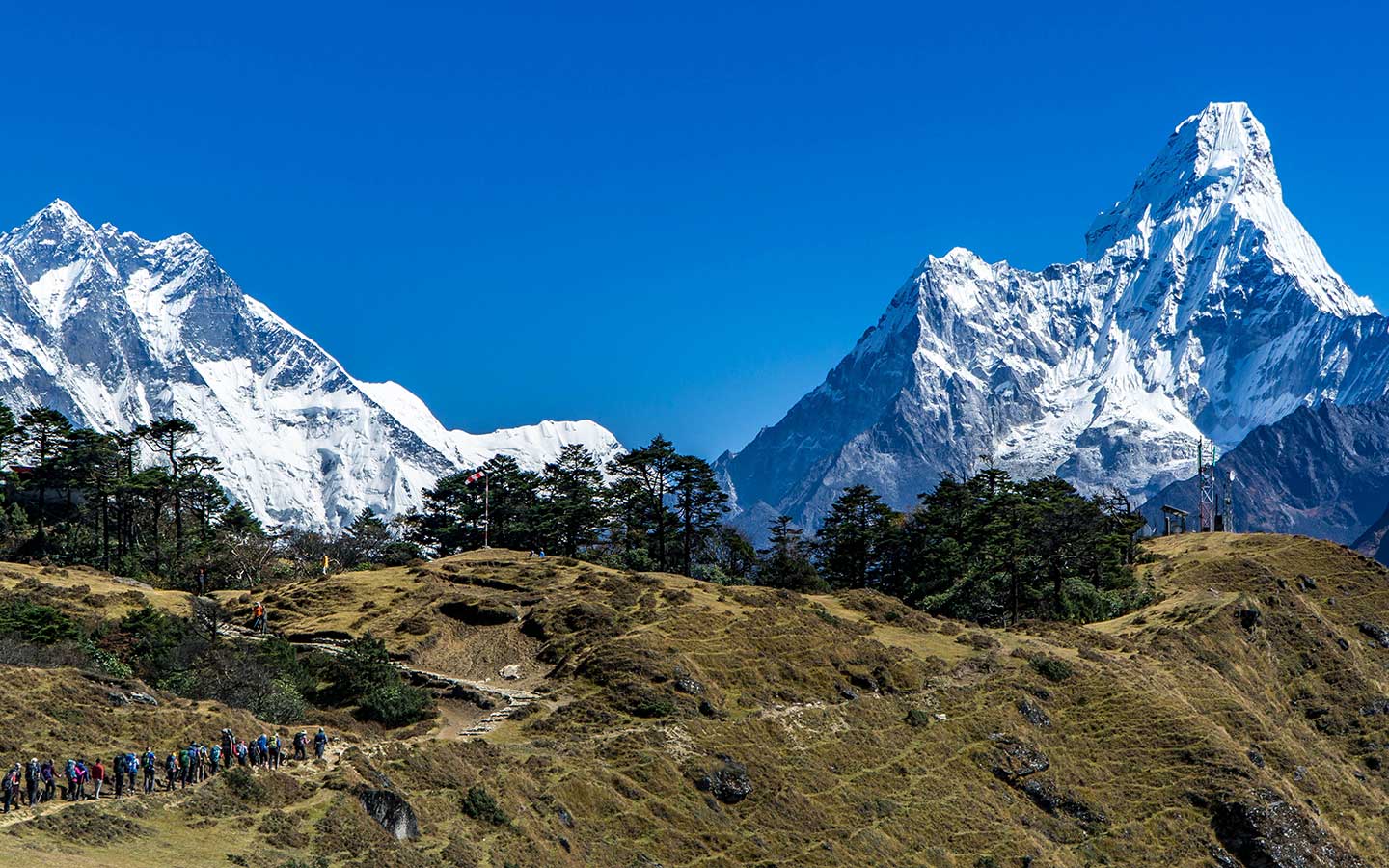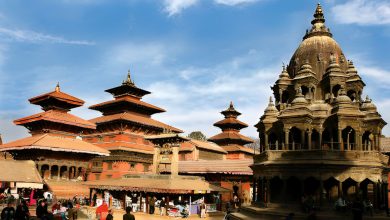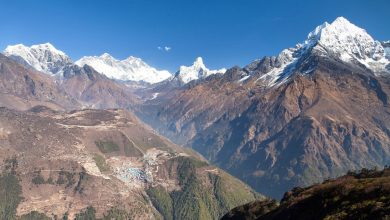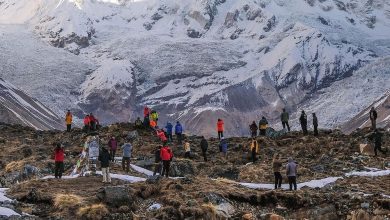Difference between hill and mountain

Hills and mountains are both rising geographical formations. They are distinct from their surrounding landscapes. While these formations are similar in some ways, there are various fundamental differences between them as well. Hills are a smaller land rise compared to mountains and have a round or molded top structure.
Meanwhile, mountains are steep and much taller than the hills. The mountains are not exactly hospitable to human settlements. This is due to extreme weather like freezing conditions and heavy snowfall. At the same time, hills have been a significant part of our human civilization.
Various factors, including shape, height, climates, ecology, etc., help us differentiate them. Read on to know more about what is the difference between a hill and a mountain in detail.
What is a Hill?
Hills are generally considered land formations that have a lower elevation than a mountain. They do not have a distinct summit peak. These hills have a round or molded structure at the top created by faulting or erosion. They gradually rise from their surroundings and generally have a height of 2,000 feet and above.
Hills are often unnamed, unlike the mountains. They are easily climbable and do not require technical mountain climbing skills. Cavanal Hill in Oklahoma is the highest hill in the world, with an elevation of 1999 ft.
What is a Mountain?
Mountains are relatively higher than a hill. It is a landscape with a stark difference in topography. Mountains generally have a steep abrupt rise from their surroundings, typically created by faulting. There is also a steep slope and a well-defined summit or peak at the top.
Mountains can be quite challenging to climb owing to their height, slopes, and elevation. They generally have a name. The highest snow-capped mountains of the world are the Himalayas in Nepal. Mount Everest, the tallest mountain in the world, has an elevation of 8848.86m above sea level.
Key Difference Between Hill and Mountain
According to some studies, hills were once mountains that reduced in height due to erosion over thousands of years. Similarly, the Himalayas in Asia were once hills that gained in elevation due to tectonic faults. But what’s the difference between a hill and a mountain? You might wonder. We have compiled six key differences which are as follows:
Shape
Mountains generally tend to be steeper and taller, whereas hills are rounder and shorter. However, there are some exceptions to this case. Some hills are more straightforward and less steep than hills as well.
On a mountain, you can find diverse ecology, wildlife, and vegetation. Hills generally have the same topography and greenery throughout. Some hills are man-made too, but mountains cannot get manufactured.
Height
Height is the most distinguishing when it comes to the difference between hill and mountain. However, there is no specific measurement to differentiate a hill from a mountain. It is widely accepted that any elevated landscape below 2000 ft is a hill.
Land formations with at least 2,000 feet above sea level and a summit are generally considered a mountain by many countries. The UN Environmental Program defines mountains with specific criteria like:
- Elevation of 8,200 feet and above
- Elevation of at least 4,900 feet m with a slope greater than 2 degrees
- Elevation of at least 3,300 feet with a slope greater than 5 degrees
- Elevation of at least 980 feet with elevation range within 4.3 miles
Formation
A mountain is generally formed by tectonic plates shifting or volcanism. Mountains are usually grouped in mountain ranges, while hills are also found isolated.
Moreover, hills are generally formed due to rock debris. Glaciers and winds also create hills by deposited sands. Hills are also developed through winds and soil erosion on a mountain.
Climates
Mountains generally have colder climates as they lie in high elevations. They have diverse wildlife and vegetation compared to hills. Trees cannot grow in high-altitude conditions. Therefore, there is only alpine vegetation along the region. The isolated area has a small variety of animals, including snow leopards, cougars, bears, mountain cats, foxes, yaks, etc.
A mountain has an extreme climate with weather-related challenges and snowy conditions. Thus, human settlements are not ideal in these conditions. We can observe different weather at the top and bottom. The temperature drops significantly at the summit with harsh wind chills. On the other hand, hills generally have the same climate and weather throughout.
Ecology
Since hills are generally located in lower regions, there are green forests, flatlands, and deserts. Vegetation and wildlife are more affluent in the hills with a wider variety of animals, mammals, ambiance, reptiles, and birds. There are even more settlements in the region with many natural resources.
A hill has been the starting place of many human civilizations. They are a great vantage point of the surrounding area and, therefore, protect from enemies. Many kingdoms have also started from hills due to this technical advantage during wars.
A mountain can have a dramatically different ecology at the top than the bottom. There is a progression of vegetation and wildlife species as you move high along the trail. Hills are generally the same when it comes to their ecology over their height.
Climbing
Hills are ideal for climbing and day hikes. There are many hiking opportunities in the hills that allow you to trek around the region. Mountaineering expeditions are much longer and can take up to two months. This is because there are various challenges of altitude sickness and harsh weather conditions.
Therefore, mountaineering expeditions get run by experienced veteran climbers. It also requires proper mountaineering equipment like fixed ropes, crampons, descenders, ascenders, jumars, carabiners, belay eight devices, and others. Mountain climbing is an extreme sport, requiring excellent training in high altitude climbing. Moreover, hills are a relatively small and achievable destination for all skill levels.
Hence, these were the key difference between hill and mountain. We hope you learned about various aspects of these land formations in detail through this article.



